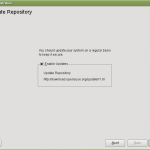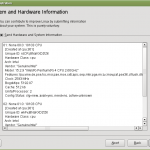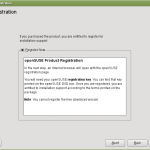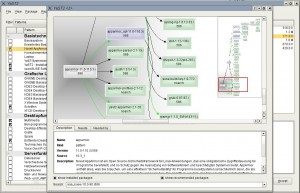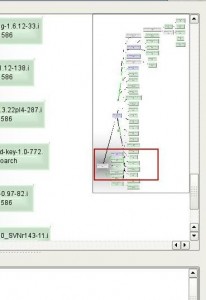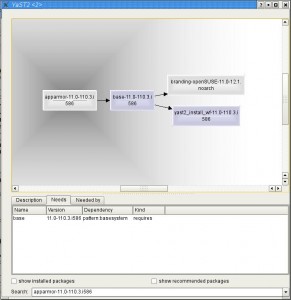These days some people from various teams spent a lot of time the last days discussing topics around L3. L3 means Level-3 support and is one of the services that we offer for our enterprise product series. It is about bugs which are not solvable through our support organisation but require developer eyes to stroll through source code.
What that has to do with openSUSE you might wonder. Well, since we’re currently working on switching our internal build process to a Buildservice based solution, L3 comes into play as well as other parts that are hardly visible for the community but important for the business.
L3 is a really tough game: Customers are paying money for the service and if they call they expect premium service quickly. Often enough enterprise operations are endangered by L3 bugs (or it is said that it is 😉 and clearification is needed quickly to relax the situation.
For the brave guys offering this service that means that they need to replay the customer situation quickly, debug, find the bug and if needed provide a fix for the customer.
The customer of course can tell more or less accurate which system he is running on which hardware. But than it’s getting rough for us: Finding the correct source for this constellation might sound easy, but if one adds up the amount of products that we maintain, it’s subflavours and service packs and also considers the lots of maintenance updates that the customer is expected to install, it becomes clearer that there are lots of possibilities and huge hard drives with content ;-).
Having found the correct source debugging (often together with the customer under time preasure), fixing and providing a fixed package begins.
L3 is an impressive bussiness for me, done by courageous guys.
Even more nice that the Buildservice helps a lot here because it makes at least building of debug info packages and fixes easy. A well thought through project structure in the Buildservice linked together with sourcelinks and aggregrations (which is a science for itself which one where 😉 eases (at least) the source organisation a lot. Other things also sound promising.
There is still some work to do until all peaces fit together but we are looking forward to helping the L3 collegues to improve their processes with the Buildservice and maybe some other tools.
I know, this is not exactly related to community questions but I thought it might be interesting to read about these things from time to time as well…
